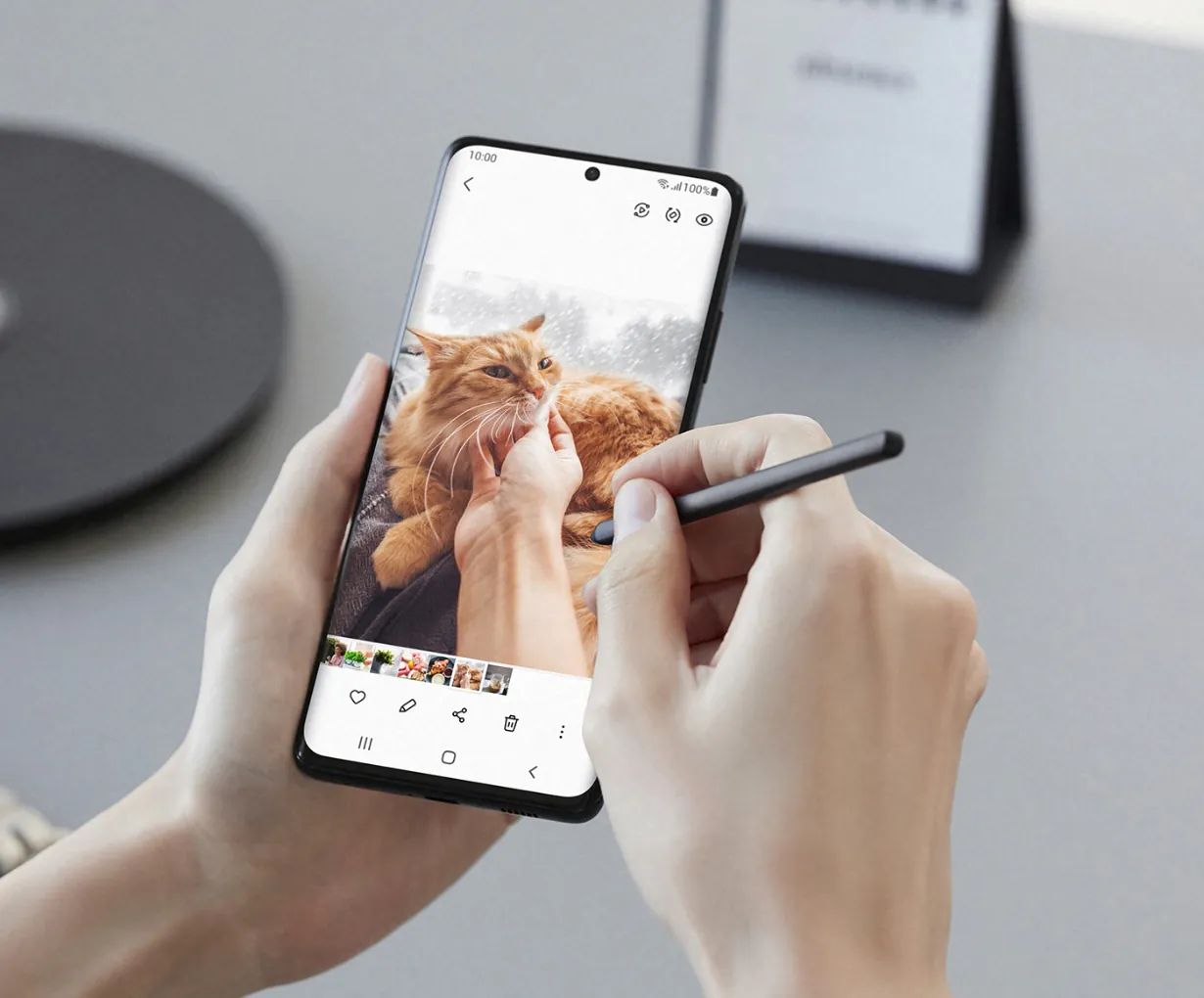In 2004, Musk invested $6.3 million in Tesla and became its chairman. In the same year, Apple initiated the iPhone project at the end of the year and released the first iPhone in San Francisco three years later, in 2007. Smartphones and renewable energy, which were later recognized as the two most important products in the technology industry in the 21st century, started from the same point but experienced different developments subsequently.
The iPhone released in 2007 rapidly transformed the mobile phone market, and the surge of smartphones became unstoppable. Five years later, in 2012, Nokia's sales myth was broken by Samsung, marking the end of the Nokia era and the dawn of a new era dominated by smartphones. At this time, Tesla had just unveiled the Model S, which revolutionized electric vehicles, and only began official deliveries the following year. It was in 2021 that Musk and his Tesla surpassed the Volkswagen Group to become the most valuable automaker and Musk became the new world's richest person.
Looking back at the development of the domestic smartphone and renewable energy markets from the perspective of 2023, there are such similar stories. Renewable energy seems to be gradually following a path similar to that of smartphones.
In 2010, when I was still in high school, I bought my first smartphone, the ZTE V880, which was also the first Android phone in our class at that time. During that era, the mobile phone market was still dominated by Nokia, and my classmate's phone was a Nokia 5230, which had a full screen but could only be operated with a stylus and not through capacitive touch. As a high school student in a small county town, my V880 remained the only Android smartphone in our class until I graduated in 2012. Later, as graduation season approached and everyone began choosing phones for college, no one opted for Symbian or feature phones anymore. Instead, we all picked our favorite phones from brands like Huawei, ZTE, Coolpad, and Lenovo. Just a year earlier, a close senior of mine had still chosen her first college phone as a Nokia candy bar Symbian phone.
In this era, Huawei, ZTE, Coolpad, and Lenovo (collectively known as "Zhonghua Kulian") dominated the market. Their deep ties with telecom operators created a unique period in the smartphone era: smartphones were offered as promotions for phone bill recharges. On the street during the start of the college semester, rows of brand-new Zhonghua Kulian smartphones were displayed alongside slogans like "Recharge 999 and get a smartphone for free." Until 2015, Huawei, ZTE, Coolpad, and Lenovo held market shares of 15.5%, 12.3%, 10.2%, and 7.4% respectively in the Chinese smartphone market, with their combined market share exceeding 50%. However, it was also during this time that these brands, which had been pioneers in the smartphone wave, began to fade under the disruption caused by Xiaomi.
